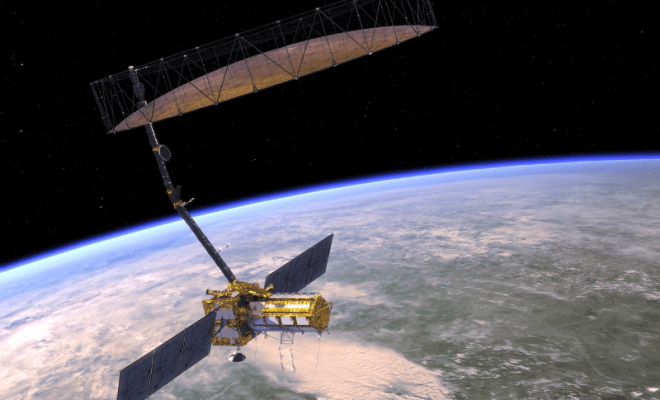ISRO-NASA Joint Satellite to Transform Earth Mapping, Launch Scheduled for March 2025

Science Minister Jitendra Singh said in a parliamentary briefing that a new US – Indian satellite, a collaborative Earth mapping mission between NASA and the Indian Space Research Organization (ISRO) is set to launch in March 2025.
Signed in 2014, the NASA – ISRO Synthetic Aperture Radar (NISAR) mission was scheduled to begin operations in 2024. However it got delayed because of two reasons. One the satellite’s reflector which the NASA’s primary contributions to the mission had to be re-adjusted before attaching it with the satellite. According to Singh, the Radar Antenna Reflector was turned over to ISRO by NASA in October 2024 and is currently undergoing the necessary testing. Two the main reason for delay is the eclipse season which impacted on the launch schedule since it makes it more difficult to deploy the satellite’s boom and radar reflector.
NISAR is the biggest radar antenna ever sent into orbit with a diameter of 12 meter reflector. In order to scan the Earth’s surface it will focus on microwave signals. This will allow the satellite to map almost every land and ice surface in the world once a week.
In order to provide vital information about seismic activity, volcanic eruptions and other geological occurrences the satellite is set to monitor both horizontal and vertical movements of the Earth’s surface. Furthermore the NISAR will also track the changes in vegetation, sea ice, glaciers and ice sheets for providing important insights into Earth’s ecosystems.
The project is a collaborative effort with NASA providing the L-band radar and ISRO providing the S-band radar with an estimated cost of $1.5 billion. While the L-band radar can pass through thick forest canopies, the S-band radar aids in the analysis of land surfaces and agricultural structures. Both radars are capable of gathering data through clouds even if it’s a day or night.
The launch’s delay further shows serious efforts that have been put to such important initiatives. It is expected that NISAR would transform Earth’s observing capabilities once it is operational in 2025.



